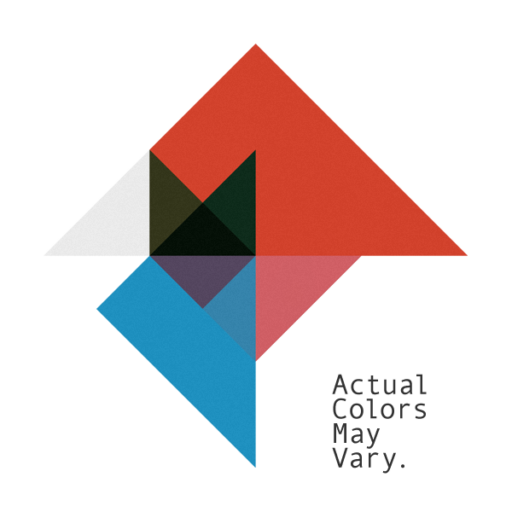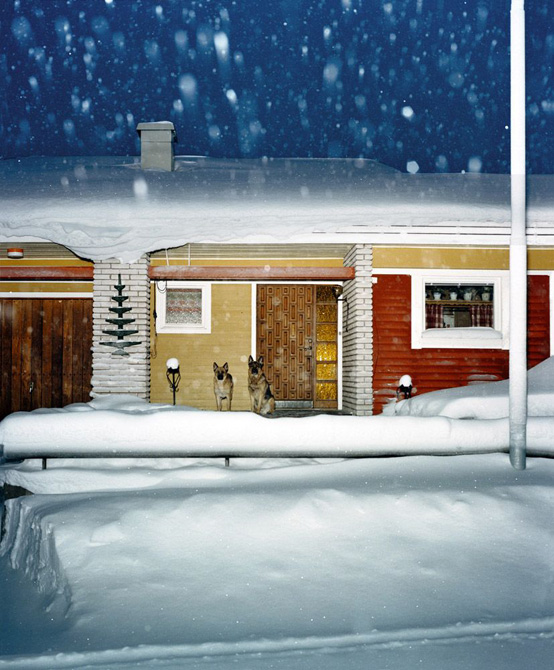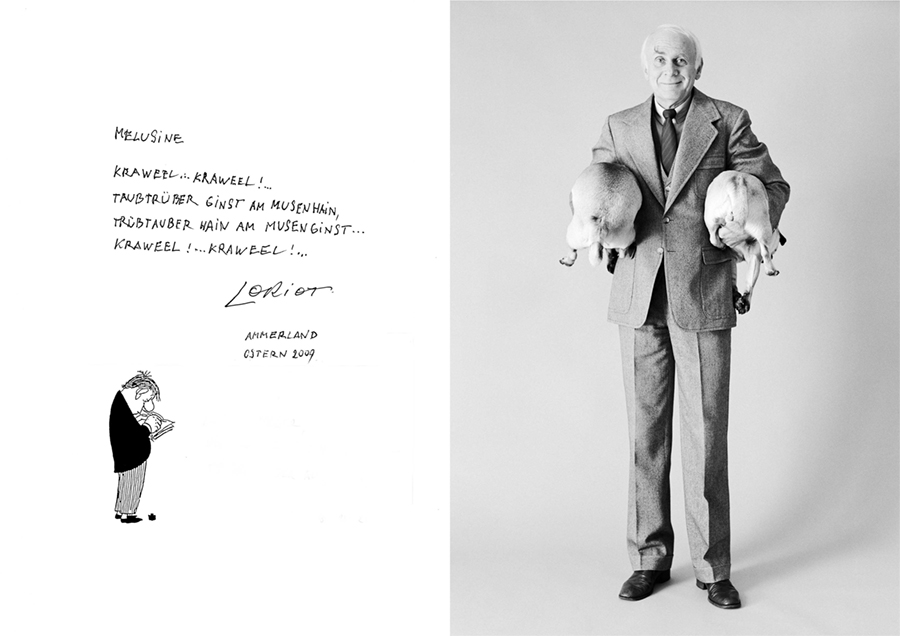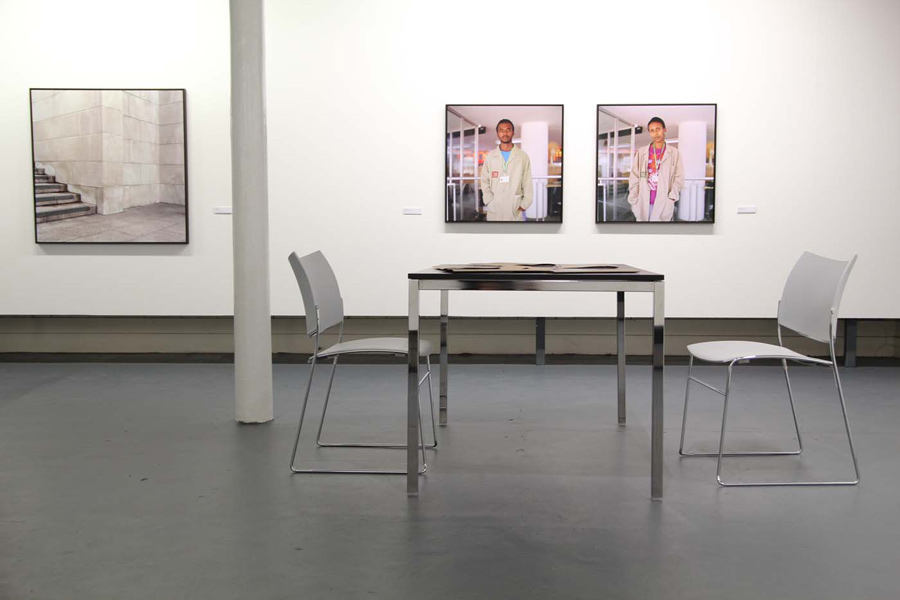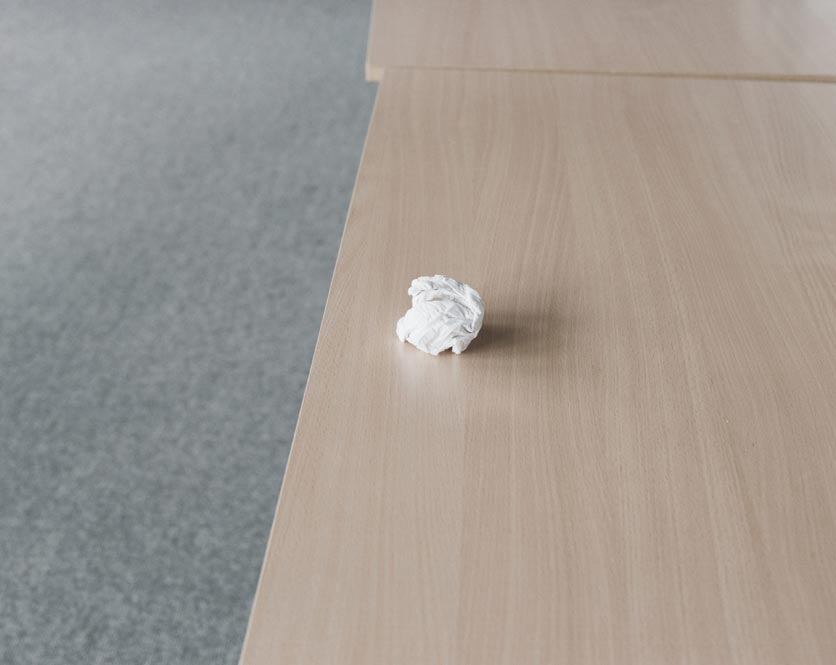“Motion and Silence” is a set in progress. It moves through time and space, or rather through times and places, being unattached and dislocated, yet complete in itself at any given moment of pause. Each photograph presents a snippet in a mosaic, a story within a story. The narrative is broken and non-linear, there is no starting point and no ending, no questions posed, no answers given. Yet captured in their flight are perfect moments. Perfect in their imperfections. In their fragility. In the importance of all the bigger pictures left outside their frames.
All images within the set were taken on Lubitel-2 and present a love song to this affordable yet poetic lomographic medium. An amateur twin-lens reflex camera, produced between 1955 and 1997, it has received recognition as a higher-end product among the LOMO cameras, replicas of which populate the market targeting the young film photographers interested in the medium format and art photography.
If one had to ask me whether a camera is important when taking a good picture, my answer would be no. Yet, I find myself inevitably attached to this Soviet mechanical camera, its focus soft, its nature unpredictable. This vintage relic of the past, branded by its “Amateur” title, possesses a life of its own. It looks at the outside world with wonder in its twin reflex lenses. Born among the production noise of the state-run optics manufacturing section of Soviet defense plant in the midst of Cold War, this mechanical toy outlived the imperious giant that produced it. It finds itself struggling in grasping changes. The light travels unevenly along the surface of its film. The images shimmer and sometimes find themselves too timid to come out. Yet, the world reflected through Lubitel is never a fiction. The camera captures its strangeness and beauty with the precision rarely found among the best of documenters.
Mariya Ustymenko is Ukrainian born photographer and visual artist based in St. Osyth, Clacton-on-Sea. Her artistic work which started in the genre of insider-photography, exploring the world of sub-cultures of her native capital city of Kiev, has undergone major changes in the recent years after her move to the English rural sea-side area. This relocation has prompted the artist to explore new media of artistic expression as well as review her previous position of the anonymous observer, taking her work on a more personal path of story-telling. The artist believes that if a picture is worth a thousand words, it is the placement of such an image that can potentially create an endless variety of stories and take its viewers on multiple journeys of discovery, directed only by an individual perception.
For more of Mariya’s work please visit her website
☞ www.photoprojection.blogspot.com
